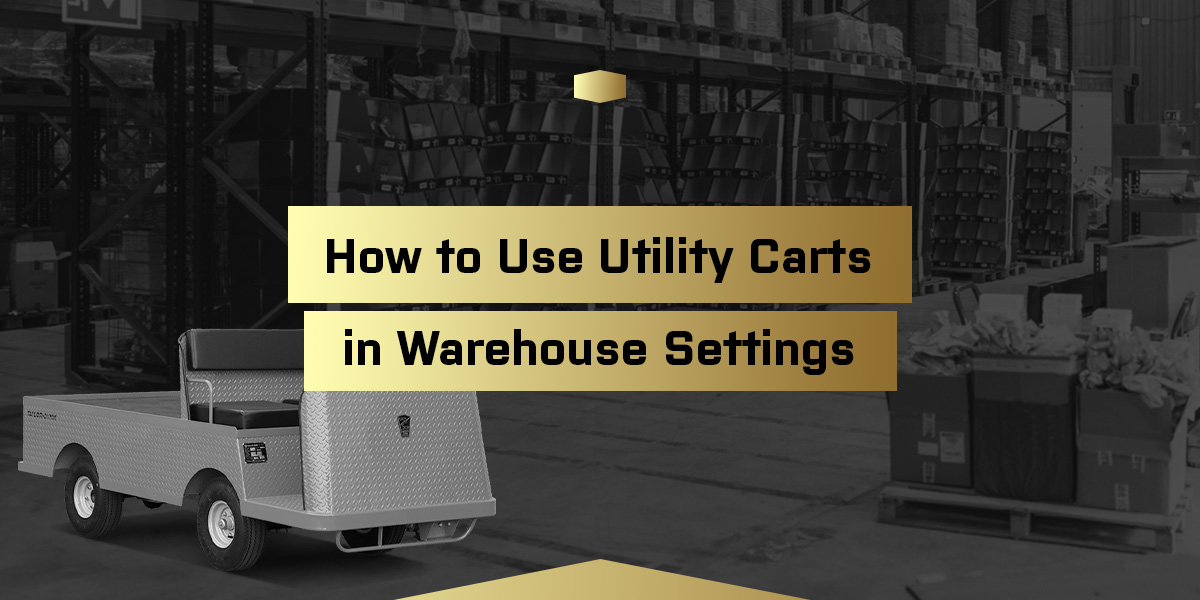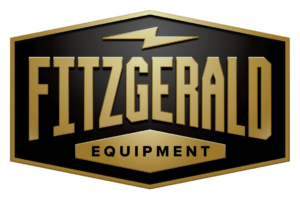
Utility carts are the workhorses of a warehouse operation. They are fundamental for moving tools and supplies across the floor, but it’s easy to overlook them when thinking about maximizing profits and efficiency. If you’re managing a high-volume warehouse, a reliable utility cart can reduce manual work, making your operation faster and easier to run.
What Are Utility Carts?
A utility cart — also called a service or rolling cart — is a rolling shelf and tray used to move goods around warehouses. These carts have strong frames, letting them move heavy loads without straining workers. They’re invaluable for protecting team members from injury while making processes like loading and packing faster.
The Benefits of Using Warehouse Utility Carts
Service carts help your warehouse save time and money while improving site safety. Workers can easily load materials onto carts and transport them to their next stop — all without bending over or manually moving items themselves. Just push the transporters along and let the wheels do the rest.
Utility carts offer:
- Improved productivity: Sturdy carts on wheels make material moving faster with lower effort. Proper cart use cuts down on repetitive heavy lifting without sacrificing speed. Teams can move items more easily and quickly, increasing warehouse productivity.
- Better organization: Carts provide dedicated platforms for sorting, staging and moving items. They’re a cost-effective, portable solution to transporting loads. Use heavy-duty models for larger items without investing in heavy equipment.
- Safer warehouses: Musculoskeletal disorders are the leading cause of injuries for warehouse workers. Moving objects up and down all day leads to back pain. Proper training and utility transporters reduce strain on workers, keeping them safer and healthier.
Types of Utility Carts for Warehouses
Every warehouse is different. Utility cart uses and types will change depending on your priorities. Match your cart to the job to get the most out of your equipment. Some of the main warehouse utility cart options include:
- Platform and flatbed carts: These are transporters with an open, flat deck and push handles at torso height for easy pushing. Use their larger beds for moving bulky, heavy or oversized items.
- Bin carts: Also called tote carts, these models are designed for small bins. They have a multi-shelf design for easy tote transporting. Bin carts work well for assembly lines and kitting. Hold small parts within reach while enjoying a portable storage system.
- Industrial carts: These differ from standard portable units. Industrial carts are heavy-duty transport vehicles. They’re like mini warehouse cars, capable of moving hefty loads with workers behind the wheel.
How to Use Utility Carts in Your Warehouse
Utility carts are designed to make warehouse work easier. With over 6,000 big-box buildings in the United States and thousands of other warehouse sizes nationwide, that’s a lot of space to cover. Your facility can invest in diverse use cases for utility carts to make everyday tasks easier and faster.
Here are some ways to use utility carts:
1. Transporting Materials
Rolling carts make transporting goods safer and simpler. They can carry more items and heavier bins than one person can move on their own. Invest in models with multiple layers for increased storage, or use flatbed models to easily move bigger items to their proper locations.
Wheels and strong construction make them ideal for moving warehouse goods around, but they still need safe handling like any other equipment. Loads should be balanced evenly across the shelves or trays to avoid tipping. Workers need to load the heaviest items on the bottom to keep the center of gravity low. Additionally, train everyone on route planning to avoid crashes or spills on blind corners and tight aisles.
2. Inventory Picking and Restocking
Load carts with scanners, labels and clipboards to speed up picking and restocking. Employees can quickly identify orders and verify inventory while on the move. Add color-coded bins and adjustable dividers to reduce errors. Grouping orders makes fulfillment faster, and the rolling transporter design improves warehouse efficiency.
3. Maintenance Tasks
Busy warehouses have maintenance teams moving around, repairing and tuning up equipment. Utility carts simplify transportation for tools, replacement parts and safety equipment. Teams can reduce downtime faster and stay on top of maintenance schedules, boosting overall facility productivity. Consider carts with lockable drawers or organizers to keep tools secure.
4. Safer Operations
Warehouse carts give workers a way to move goods without strain. Lifting and loading materials onto carts is easier than hefting them around manually. Storing items on transporters instead of the ground prevents trip hazards. Plus, carts with lockable wheels stay in place during loading, preventing injuries or product damage. Proper training on moving carts and loading will protect workers while helping them move more efficiently.
5. Optimized Processes
Place carts strategically around the warehouse for faster work. High-volume picking zones and staging areas need constant transportation support — stock plenty of carts near these areas so workers have less ground to cover. You’ll reduce wasted steps and increase worker speed. Give each department its own color-coded transporters to prevent cart loss and ensure everyone has access to needed equipment.
Warehouse Utility Cart Operator Training
Proper training will make all the difference for your warehouse team. Utility carts in the warehouse are helpful, but they can add new risks that employees need to be aware of. Moving carts, improper loading and warehouse layouts are all hazards for workers. If you’re getting moving carts, make sure to emphasize safety with training on:
- Load balancing
- Operating locking casters
- Safe maneuvering
- Loading and unloading materials
- Proper cart selection
- Product damage
If you’re working with industrial transporters, operators will need to know how to drive them safely. Carts loaded with heavy materials are more dangerous, so make sure everyone understands blind spots, facility travel, and protective measures. Better training means lower chances of strain injuries, product damage and workflow delays.
Choose Fitzgerald Equipment Company for Material Handling Solutions
Utility carts, forklifts and other equipment help warehouses work faster and safer. Your facility needs durable equipment to keep operations moving. Fitzgerald Equipment Company can deliver. For over 60 years, we’ve proudly served businesses throughout Illinois and southern Wisconsin. Our material handling solutions can handle all your warehouse needs.
When you partner with Fitzgerald Equipment Company, you get access to industry-leading products, expert advice and a service-first mindset. Our team of over 70 knowledgeable professionals is here to answer all your questions and concerns. As a third-generation, family-owned dealership, we build personal relationships you can’t get with major corporations. From on-site service to emergency response and operator training, we can keep your warehouse running smoothly.
Contact us today to learn more about our material handling equipment and see how we can build up your efficiency!




